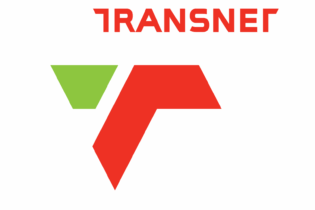A report on the Sustainable Corridor Management Institutions workshop, held in Walvis Bay from 2to 4July 2012, by Barney Curtis.
It was agreed, some years previously, that corridor management institutions and regional associations should have a forum at which they shared experiences and developed best practices for corridors in East and Southern Africa. The sustainability of corridor management institutions (CMIs) has always been difficult to achieve. There area number of different models to achieve this and the workshop was to try and arrive at the best solution. Walvis Bay Corridor Group (WBCG) was given the task of setting up a workshop to achieve the above objectives. UNECA (United Nations Economic Commission for Africa) funded the workshop as well as the travel and accommodation needs of the approximately 30 delegates. The workshop was hosted by the Ministry of Works and Transport in Namibia and chaired by Alan Kyerematen of UNECA. Fesarta travelled by road (1 750 km each way) along the Trans-Kalahari Corridor to the workshop, with the intention of producing a report of its findings along this corridor. While Africa’s exports continue to grow at a good rate, its share of global trade remained at 3%.This was partly due to high transaction costs, but also due to unfair world trade policies impacting on Africa. The problem was not always market access, but logistics constraints. Lynn Harmon gave a presentation on a WBCG case study. The Trans-Kalahari/Mamuno border post was progressing towards a one-stop border. Whilst trade along the corridors was increasing at a good rate, it was being influenced by Luanda becoming more efficient. Luanda was taking goods off the Trans-Cunene Corridor. In terms of the functions of the CMIs and the ports, Fesarta believes that:
- The ports were responsible for the marketing along the corridors. Ports needed to market their competitiveness and fund these activities.
- The CMIs’ sole purpose was to improve the efficiencies along the corridors. As the consumers of the goods moved along the corridors were the beneficiaries of the improvements, the funding of the CMIs should be through levies on the goods, paid at the ports.
- The size of the CMI should be commensurate with the traffic flow along a corridor.A low traffic corridor should not have a large CMI. Thus, the user-pay levy should be kept low and not impact on the cost of the goods to the consumer.
- Transporters pay road user charges for the use of the roads along the corridors. They should not be required to pay additional levies to fund the CMIs.
- Fesarta believes that the user-pay fee currently being levied on goods handled by Walvis Bay should be used to support the CMIs on the Trans-Kalahari, Trans-Caprivi and Trans-Cunene corridors. They should not be used to fund the offices of the WBCG.







